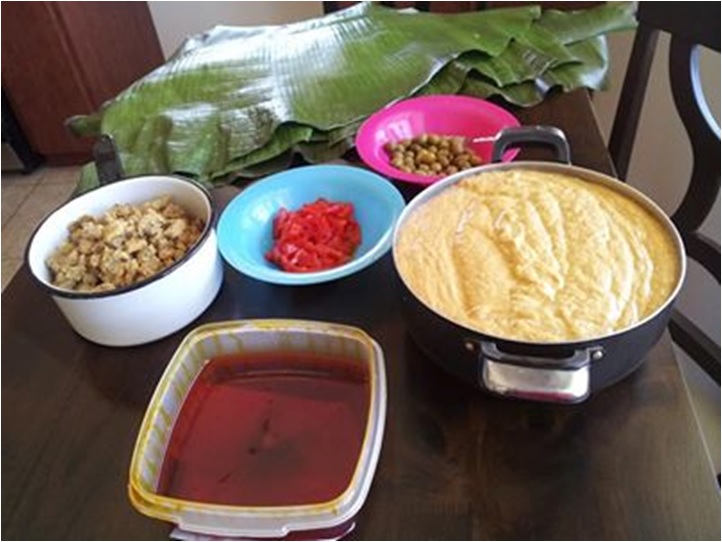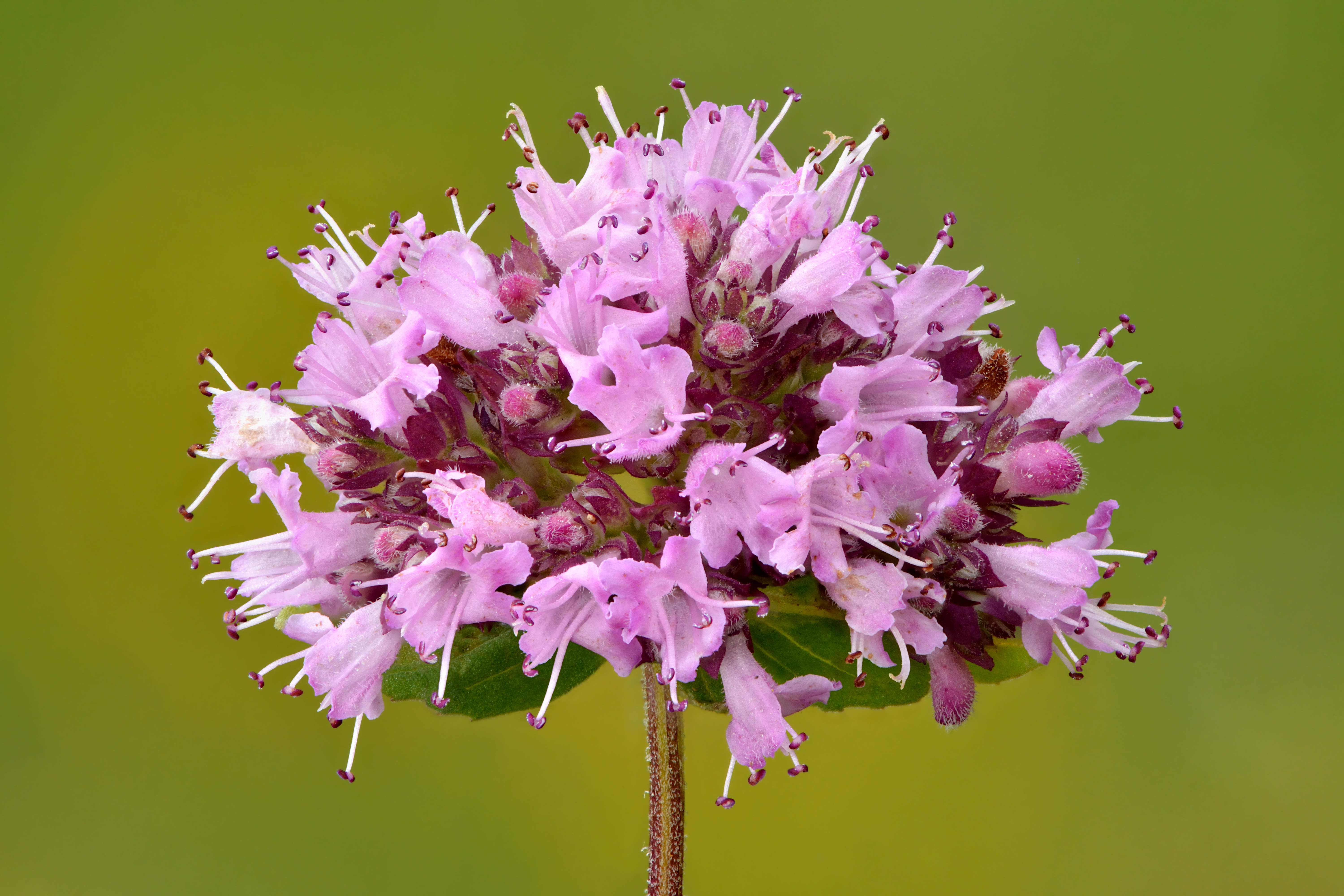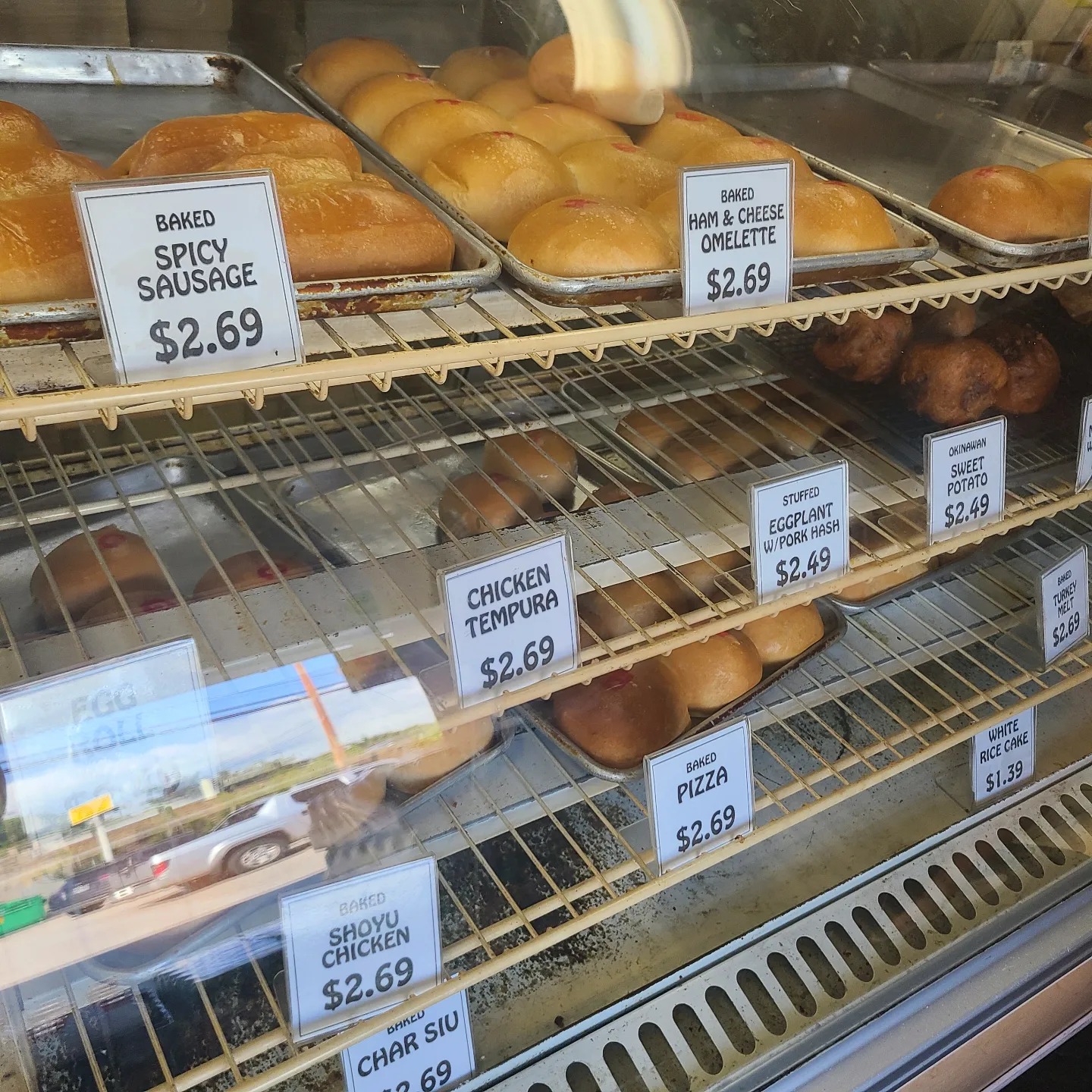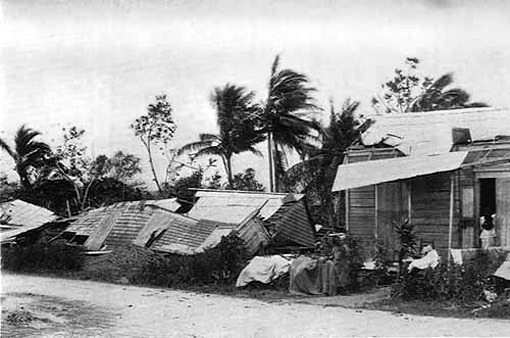|
Pastele Stew
''Pastele stew'' (or ) is a Hawaii inspired pork stew of Puerto Rican origin. It is an adaptation of the dish introduced by the Puertorriqueños who came to work on the sugar plantations in the early 1900s. making is often a laborious task reserved for special occasions and holidays such as Christmas. ''Pastele stew'' was developed as a simplified everyday version. It remains a beloved Puerto Rican-inspired dish catered to the local Hawaii palate, but a contentious recipe for Puerto Ricans not living in Hawaii. The ''pastele stew'' is found as a plate lunch item at food trucks and restaurants, a filling for manapua, and a common fundraising item. As a savory dish, ''pastele stew'' pairs with plain white rice or "gandule rice" (). Ingredients Like Puerto Rico, Hawaii is an island where similar ingredients can be found, a further development and continuation of . Like how the Native Hawaiians wrapped their with ti leaves, would adapt to wrapping their with the same. The � ... [...More Info...] [...Related Items...] OR: [Wikipedia] [Google] [Baidu] |
Pasteles
''Pasteles'' (; singular ''pastel''), also pastelles in the English-speaking Caribbean, are a traditional dish in several Latin American and Caribbean countries. In Puerto Rico, the Dominican Republic, Venezuela, Panama, Trinidad and Tobago, and the Caribbean coast of Colombia, the dish looks like a tamal. In Hawaii, they are called ''pateles'' in a phonetic rendering of the Puerto Rican pronunciation of ''pasteles'', as discussed below. Puerto Rican pasteles Related to alcapurria, tamales, hallacas, and guanimes, pasteles were originally made by the indigenous people of Boriquen (Puerto Rico). Tainos made masa from cassava, yautía and squash. The masa was then filled with beans, fruit, chilies, corn, nuts, meat, fish and wrapped in corn husk. Puerto Rico has turned pasteles making into an art having hundreds of recipes and an annual pastel festival (Festival Nacional del Pastel Puertorriqueño) on the island. In Puerto Rico, pasteles are a cherished culinary recipe, espec ... [...More Info...] [...Related Items...] OR: [Wikipedia] [Google] [Baidu] |
Olla
An olla is a ceramic jar, often unglazed, used for cooking stews or soups, for the storage of water or dry foods, or for other purposes like the irrigation of olive trees. ''Ollas'' have short wide necks and wider bellies, resembling beanpots or South Asian '' matki''. History Antiquity The Latin word ''olla'' or ''aulla'' (also ''aula'') meant a very similar type of pot in Ancient Roman pottery, used for cooking and storage as well as a funerary urn to hold the ashes from cremation of bodies. Later, in Celtic Gaul, the olla became a symbol of the god '' Sucellus'', who reigned over agriculture. Spain In Spain, the popular dish '' olla podrida'' (literally “rotten pot”), cooked in an ''olla'', dates back to the Middle Ages. Catalonia In certain areas of the Pyrenees in Catalonia a type of ''olla'', known locally as ''tupí'', is used as container for the preparation of '' tupí'', a certain type of cheese. American Southwest The Spanish settlers may have introdu ... [...More Info...] [...Related Items...] OR: [Wikipedia] [Google] [Baidu] |
Oregano
Oregano (, ; ''Origanum vulgare'') is a species of flowering plant in the mint family, Lamiaceae. It was native to the Mediterranean region, but widely naturalised elsewhere in the temperate climate, temperate Northern Hemisphere. Oregano is a woody perennial plant, growing to tall, with opposite leaves long. The flowers which can be white, pink or light purple, are long, and produced in erect spikes in summer. It is sometimes called wild marjoram, while its close relative ''Origanum majorana, O. majorana'' is known as sweet marjoram. Both are widely used as Herb, culinary herbs, especially in Turkish, Greek, Spanish, Italian, Latin, and French cuisine. Oregano is also an ornamental plant, with numerous cultivars bred for varying leaf colour, flower colour and habit. Etymology The English word "oregano" is a borrowing of the Spanish language, Spanish , which derives from the Latin , which itself comes from Classical Greek (''orī́ganon''). The ultimate origin is dispu ... [...More Info...] [...Related Items...] OR: [Wikipedia] [Google] [Baidu] |
Cooked Rice
Cooked rice refers to rice that has been cooked either by steaming or boiling. The terms steamed rice or boiled rice are also commonly used. Any variant of Oryza sativa, Asian rice (both Indica rice, indica and Japonica rice, japonica varieties), Oryza glaberrima, African rice or wild rice, glutinous rice, glutinous or non-glutinous, long-, medium-, or short-grain, of any colour, can be used. Rice for cooking can be brown rice, whole-grain or white rice, milled. Cooked rice is used as a base for various list of fried rice dishes, fried rice dishes (e.g. chǎofàn, khao phat), rice bowls/plates (e.g. bibimbap, chazuke, rice and curry, curry rice, dal bhat, donburi, loco moco, panta bhat, rice and beans, rice and gravy), rice porridges (e.g. congee, juk (food), juk), rice balls/rolls (e.g. gimbap, onigiri, sushi, zongzi), as well as rice cakes and desserts (e.g. mochi, tteok, yaksik). Rice is a staple food in not only Asia and Latin America, but across the globe, and is the most c ... [...More Info...] [...Related Items...] OR: [Wikipedia] [Google] [Baidu] |
Manapua
''Manapua'' is the Hawaiian cuisine, Hawaiian adaptation of the Chinese bun, ''baozi'', derived specifically from ''char siu bao''. However, in contemporary times, the term is generally applied to a large ''char siu bao'' or other steamed, baked, or fried ''bao'' variations of different fillings. These ''bao'' would later be known as ''manapua'', said to be a portmanteau of the Hawaiian language, Hawaiian phrase ''mea ono puaa'', roughly translated as "pork cake" - ''mea ono'' referring to any food item encompassing dessert, cake, pastry, cookie and ''puaa'' meaning "pork" or "pig". Background The prospect of financial reward found in the Sugar plantations in Hawaii, sugar industry caused much Chinese immigration to Hawaii, Chinese immigration starting in the mid 1800s. The Chinese would bring along with them their foods including ''baozi'', a carbohydrate rich food essential for sustenance against the intense physical labor demanded in sugar production. Some of these Chinese labo ... [...More Info...] [...Related Items...] OR: [Wikipedia] [Google] [Baidu] |
Food Trucks
A food truck is a large motorized vehicle (such as a van or multi-stop truck) or trailer equipped to store, transport, cook, prepare, serve and/or sell food. Some food trucks, such as ice cream trucks, sell frozen or prepackaged food, but many have on-board kitchens and prepare food from scratch, or they reheat food that was previously prepared in a brick and mortar commercial kitchen. Sandwiches, hamburgers, hot dogs, chicken, tacos, pizza, french fries and other typical fast food and finger food staples are common food truck fare, though since the pop-up restaurant phenomenon of the 2010s, food trucks specializing in a wide variety of gourmet, specialty, global, regional, and fusion cuisines have seen growing popularity. Food trucks often also sell or fully specialize in beverages such as soft drink, juice, coffee, tea, and water, as well as treats such as ice cream, pastries, and fried dough. Historical predecessors of food trucks were horse-drawn chuckwagons and ... [...More Info...] [...Related Items...] OR: [Wikipedia] [Google] [Baidu] |
Plate Lunch
The plate lunch () is a Hawaiian meal, roughly analogous to the Southern U.S. meat-and-three or Japanese bento box. The combination of Polynesian, North American and East Asian cuisine arose naturally in Hawaii, and has spread beyond it. Standard plate lunches consist of one or two scoops of white rice, macaroni salad (in an American style), and an entrée (usually in a Japanese style such as chicken katsu or teriyaki). A plate lunch with more than one entrée is often called a "mixed plate". Origins Although the exact origin of the Hawaiian plate lunch is disputed, according to Professor Jon Okamura of the University of Hawaiʻi, the plate lunch likely grew out of the Japanese bento, because "bentos were take away kinds of eating and certainly the plate lunch continues that tradition". Its appearance in Hawaii in recognizable form goes back to the 1880s when plantation workers were in high demand by the fruit and sugar companies on the islands. Laborers were brought to ... [...More Info...] [...Related Items...] OR: [Wikipedia] [Google] [Baidu] |
Sugar Plantations In Hawaii
Sugarcane was introduced to Hawaiʻi by its first inhabitants in approximately 600 AD and was observed by Captain Cook upon arrival in the islands in 1778.Deerr, 1949 Sugar quickly turned into a big business and generated rapid population growth in the islands with 337,000 people immigrating over the span of a century.Urcia, 1960 The sugar grown and processed in Hawaiʻi was shipped primarily to the United States and, in smaller quantities, globally. Sugarcane and pineapple plantations were the largest employers in Hawaiʻi. Sugar production ended in 2016, with a small quantity of sugarcane still being grown for the manufacture of Rhum agricole. Origins Sugarcane was introduced to Hawaiʻi by Polynesians in approximately 600 AD and was observed by Captain Cook upon arrival in the islands in 1778.Deerr, 1949 They selected varieties that grew well across the broad spectrum of habitats in Hawaiʻi. Industrial sugar production started slowly in Hawaiʻi. The first sugar mill ... [...More Info...] [...Related Items...] OR: [Wikipedia] [Google] [Baidu] |
Puerto Rican Immigration To Hawaii
Puerto Rican migration to Hawaii began when Puerto Rico's sugar industry was devastated by two hurricanes in 1899. The devastation caused a worldwide shortage in sugar and a huge demand for the product from Hawaii. Consequently, Hawaiian sugarcane plantation owners began to recruit the jobless, but experienced, laborers from Puerto Rico. In thirteen separate groups, 5,883 Puerto Rican men, women and children traveled by ship, train, then ship again, to the islands of Hawaii to begin their new lives on the sugar plantations. Prelude In the 19th century, Puerto Rico depended mainly on its agricultural economy. The island, together with Cuba, was the Spanish Crown's leading exporter of sugar, coffee, tobacco and cotton. When the island was ceded to the United States after the Spanish–American War, as stipulated by the agreements of the Treaty of Paris of 1898, most of its industries were taken over by American industrialists. Labor was provided by Puerto Ricans who depended on t ... [...More Info...] [...Related Items...] OR: [Wikipedia] [Google] [Baidu] |
Chili Pepper
Chili peppers, also spelled chile or chilli ( ), are varieties of fruit#Berries, berry-fruit plants from the genus ''Capsicum'', which are members of the nightshade family Solanaceae, cultivated for their pungency. They are used as a spice to add pungency (spicy heat) in many cuisines. Capsaicin and the related Capsaicin#Capsaicinoids, capsaicinoids give chili peppers their intensity when ingested or topical application, applied topically. Chili peppers exhibit a range of heat and flavors. This diversity is the reason behind the availability of different types of chili powder, each offering its own taste and heat level. Chili peppers originated in Central or South America and were first cultivated in Mexico. European explorers brought chili peppers back to the Old World in the late 16th century as part of the Columbian Exchange, which led to the cultivation of List of Capsicum cultivars, multiple varieties across the world for food and traditional medicine. Five ''Capsicum'' sp ... [...More Info...] [...Related Items...] OR: [Wikipedia] [Google] [Baidu] |






